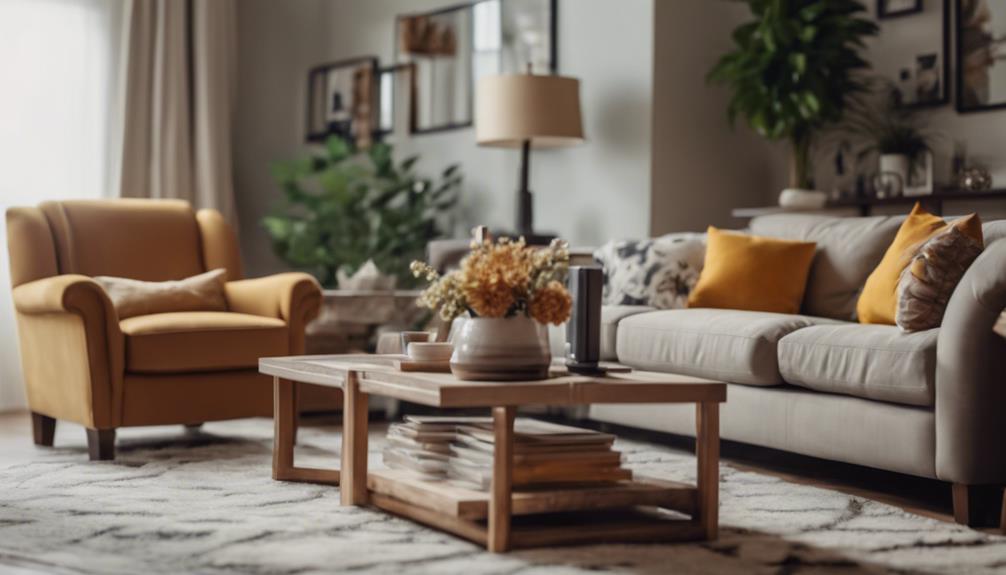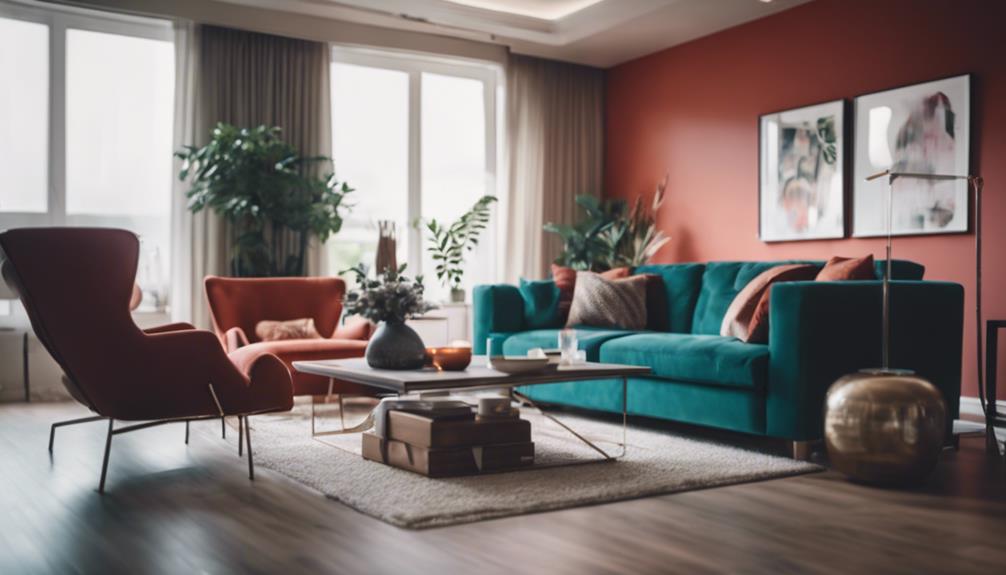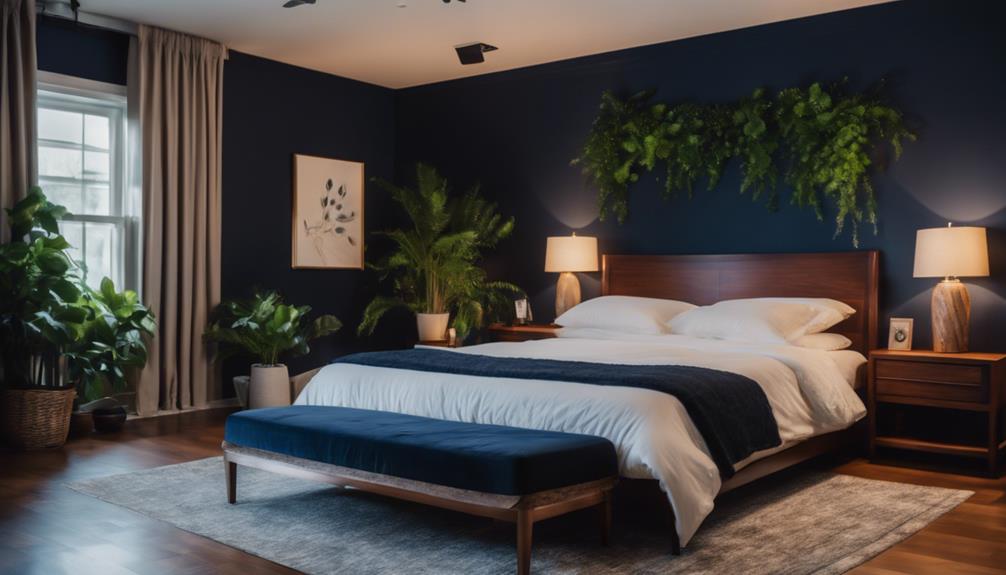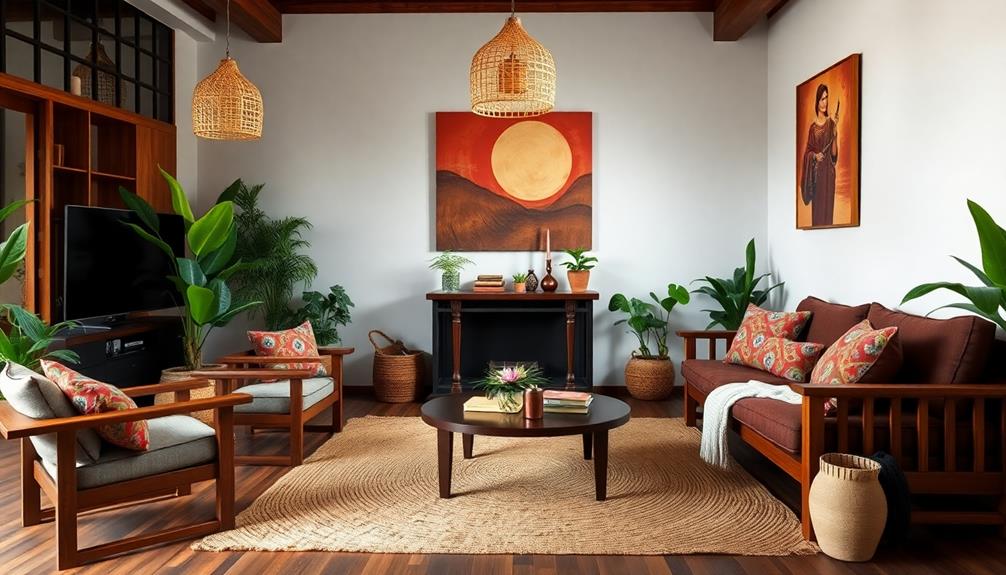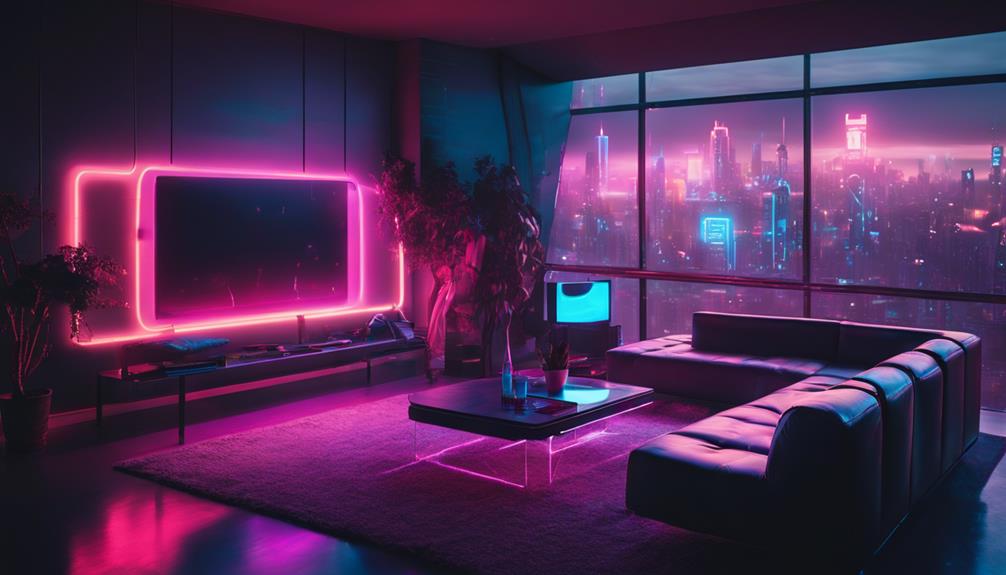In the home decor industry, hourly wages for professionals range from $12.98 to $47.84, with factors like location and experience impacting pay rates. For instance, in Chicago, IL, the average hourly salary is $19, exceeding the national average. Sunnier areas like Sunnyvale, CA, offer even higher pay, up to $47,903. Understanding these influences can help navigate this diverse field for best earnings. By staying updated on industry trends and considering certifications, professionals can enhance their earning potential greatly. Interested in discovering more about maximizing income in home decor? Check out additional factors like career advancement opportunities and salary comparisons within related fields.
Key Takeaways
- Home Decor professionals in the U.S. earn hourly wages from $12.98 to $47.84.
- Chicago, IL, offers an average hourly salary of $19, exceeding the national average.
- Geographic location, experience, and specialized skills influence Home Decor earnings.
- Home Decor Product Designers can earn up to $144,360 annually based on location.
- Certifications, networking, and staying updated on industry trends can boost Home Decor earnings.
Average Home Decor Salary Overview
On average, Home Decor professionals in the U.S. earn hourly wages ranging from $12.98 to $47.84. When looking specifically at Chicago, IL, the average hourly salary for Home Decor roles is $19, surpassing the national average. This indicates a lucrative market for Home Decor professionals in the Chicago area, presenting promising opportunities for those in the field.
These salaries reflect the demand for skilled individuals in the home decor industry, especially in bustling metropolitan areas like Chicago. It's essential for professionals in this field to stay updated on market trends to maximize their earning potential. Understanding the average salary benchmarks can help individuals negotiate better compensation packages and make informed career decisions.
With the average hourly pay for Home Decor roles in the U.S. being $18.27 according to ZipRecruiter data, it's clear that this industry offers competitive wages, particularly in cities like Chicago where the market is thriving.
Hourly Wage Range for Home Decor Professionals
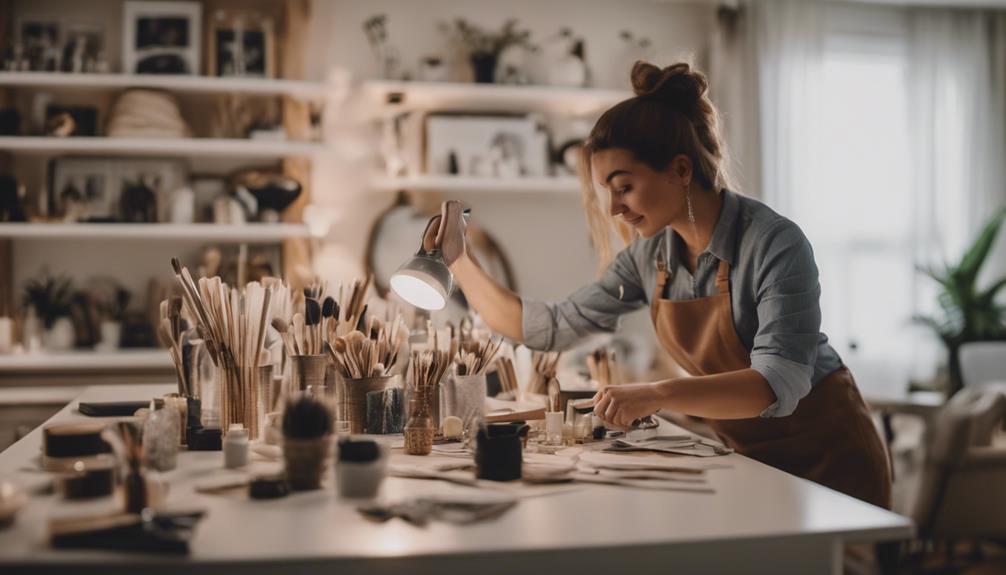
When looking at the hourly wage range for Home Decor professionals, we can see a significant disparity from $12.98 to $47.84. Factors such as location, experience, and specific job responsibilities can influence the hourly rates within this industry.
Understanding the industry standard pay can help individuals navigate the varying opportunities available in the Home Decor field.
Hourly Rates Comparison
We home decor professionals can earn hourly wages ranging from $12.98 to $47.84, with typical rates falling between $14.42 to $16.35 across the United States.
In Chicago, IL, the hourly salary for home decor jobs averages $19, exceeding the national average.
Sunnyvale, CA stands out as one of the top paying cities for home decor professionals, with an average salary of $47,903.
Arlington, VA also offers promising economic growth opportunities, providing home decor professionals an average salary $9,719 above the national average.
These figures indicate varying earning potentials for home decor professionals across different locations, with opportunities to secure higher wages in certain cities compared to the national average.
Factors Influencing Wages
Factors influencing the hourly wage range for home decor professionals encompass various aspects such as experience, location, and specialized skills. In the U.S., hourly pay for Home Decor Professionals ranges from $12.98 to $47.84, with wages typically falling between $14.42 and $16.35.
Cities like Chicago, IL, offer an average hourly salary of $19, exceeding the national average, while Sunnyvale, CA, stands out as the highest paying city with an average of $47,903. Economic advancement opportunities exist through changing locations, as top paying cities for Home Decor professionals show minimal salary variations.
Understanding these factors can help individuals navigate the industry, considering both wages and locations for potential career growth.
Industry Standard Pay
In understanding the industry standard pay for Home Decor Professionals, it's essential to recognize the wide hourly wage range that individuals in this field can expect. Hourly wages for Home Decor roles typically range from $12.98 to $47.84 in the U.S., with most falling between $14.42 and $16.35.
Cities like Chicago, IL, offer an active job market with an average hourly salary of $19, surpassing the national average. Sunnyvale, CA stands out with Home Decor professionals earning the highest average salary of $47,903.
Economic advancement opportunities are evident in cities like Arlington, VA, where salaries exceed the national average. These variations in average salary and hourly wages highlight the potential for growth and financial progress within the Home Decor industry.
Regional Disparities in Home Decor Salaries
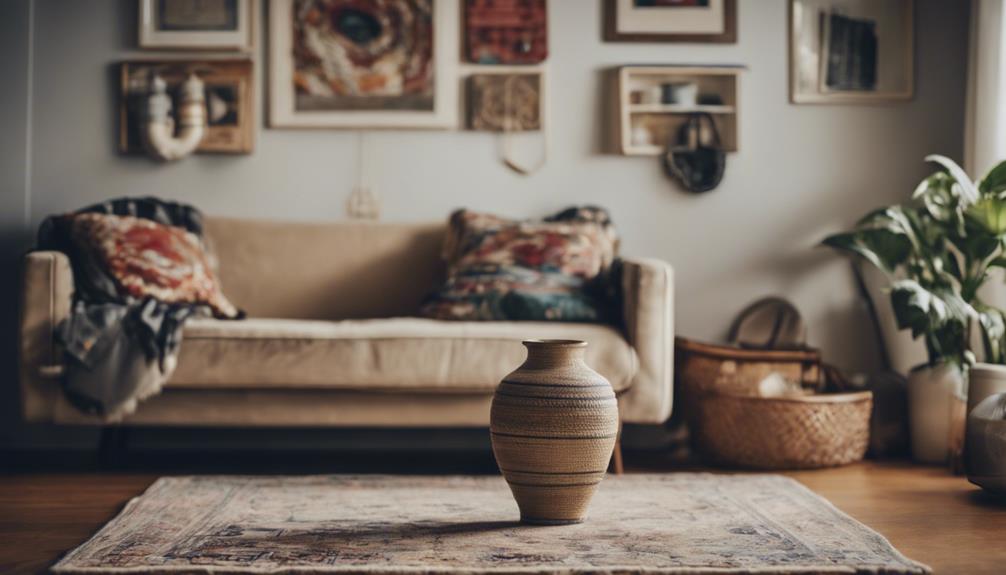
Regional disparities in Home Decor salaries can shed light on the income gaps across different areas.
Urban centers like Sunnyvale, CA, offer higher average salaries compared to rural regions.
The influence of the industry on salary discrepancies is also an important factor to take into account.
Salary Gap Analysis
Exploring different geographical locations reveals significant salary disparities in the home decor industry, impacting professionals' earning potential. Understanding regional salary gaps is vital as cities like Sunnyvale, CA, offer higher average salaries, while Arlington, VA, surpasses the national average. By considering the economic advancement potential in various areas, home decor professionals can make informed decisions about their careers.
These disparities highlight the importance of researching the best geographical locations for maximizing earning potential in the home decor field. Being aware of these regional differences can help individuals strategically position themselves for better financial outcomes and career growth opportunities within the industry.
It's essential for professionals to analyze the geographical location's impact on salaries to make informed choices about their career paths.
Urban Vs. Rural
Considering the earning potential disparities between urban and rural areas in the home decor industry sheds light on important factors influencing professionals' salaries. Home decor professionals in urban areas generally command higher salaries than their counterparts in rural regions.
The salary gap between urban hubs and rural areas for home decor positions can vary greatly due to factors such as cost of living, demand for home decor services, and market competition. As a result, individuals in the home decor field may contemplate relocating to urban settings to leverage the higher earning potential available.
Researching salary trends in specific regions is essential for individuals to make well-informed decisions about their career paths in home decor, especially when considering the notable salary differences between urban and rural areas.
Industry Influence
We have observed significant variations in home decor salaries based on location, with cities like Sunnyvale, CA offering an average salary of $47,903 for professionals in this industry. Arlington, VA surpasses the national average by $9,719, highlighting regional disparities in pay. Economic factors such as cost of living and demand for services influence these salary gaps. Changing locations could lead to economic advancement for home decor professionals seeking higher salaries. Consider the table below for a comparison of average salaries in different cities:
| City | Average Salary |
|---|---|
| Sunnyvale, CA | $47,903 |
| Arlington, VA | $57,622 |
| New York, NY | $42,596 |
| Atlanta, GA | $39,283 |
Top Paying Cities for Home Decor Jobs
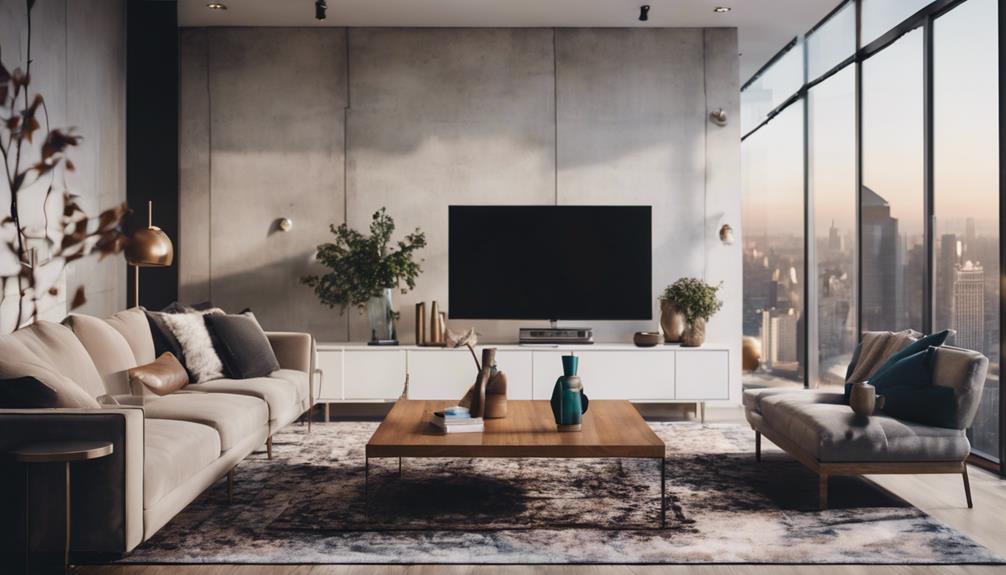
Among the top paying cities for Home Decor jobs, Bolinas, CA stands out with the highest average annual salary in the industry. Home Decor professionals in Bolinas can expect competitive compensation, offering a great opportunity for those in the field.
However, it's important to take into account the cost of living in Bolinas, as it may impact the actual purchasing power of this higher salary. While cities like Daly City, Berkeley, and San Mateo also provide lucrative options for Home Decor roles, there may be limited wage advancement potential in some of the top-paying locations.
Taking into consideration factors like cost of living is important when deciding where to work in the Home Decor industry to make sure that the salary aligns with your financial goals. Make informed decisions about where to pursue your Home Decor career to maximize your earning potential and overall satisfaction in the field.
Salary Potential for Home Decor Product Designers
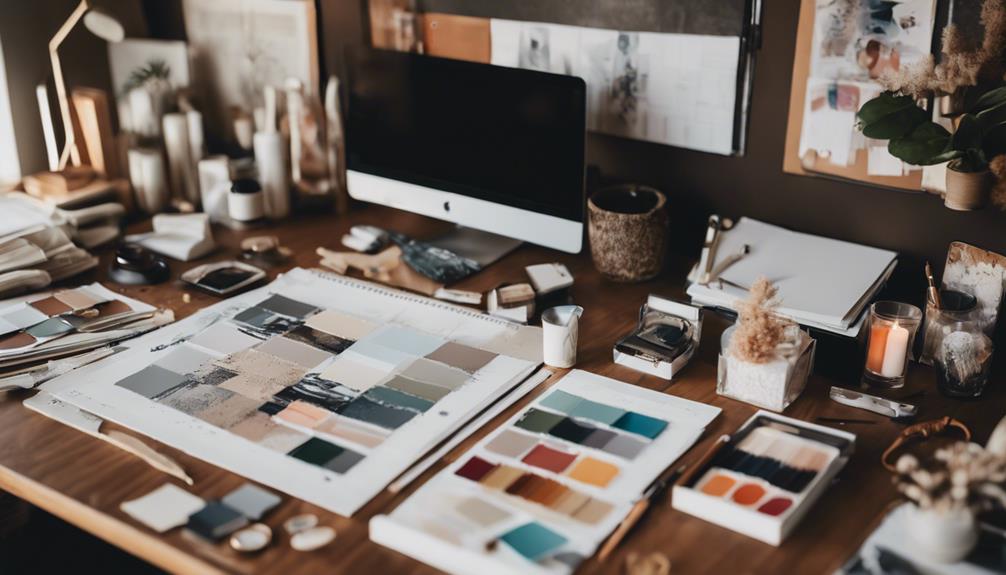
In the field of Home Decor careers, the salary potential for Home Decor Product Designers can reach an impressive annual sum of $144,360. Geographic location plays an essential role in determining the salary range for Home Decor Product Designers. Opportunities for advancement are available for those in this profession, allowing for potential salary growth over time. For a clearer picture of the salary differences based on location, here is a breakdown of the average salaries for Home Decor Product Designers in four different cities:
| City | Average Salary |
|---|---|
| New York | $155,240 |
| Los Angeles | $149,560 |
| Chicago | $142,890 |
| Atlanta | $136,780 |
Understanding how salaries fluctuate across various locations can help individuals make informed decisions about their career paths in home decor product design.
Factors Influencing Home Decor Earnings
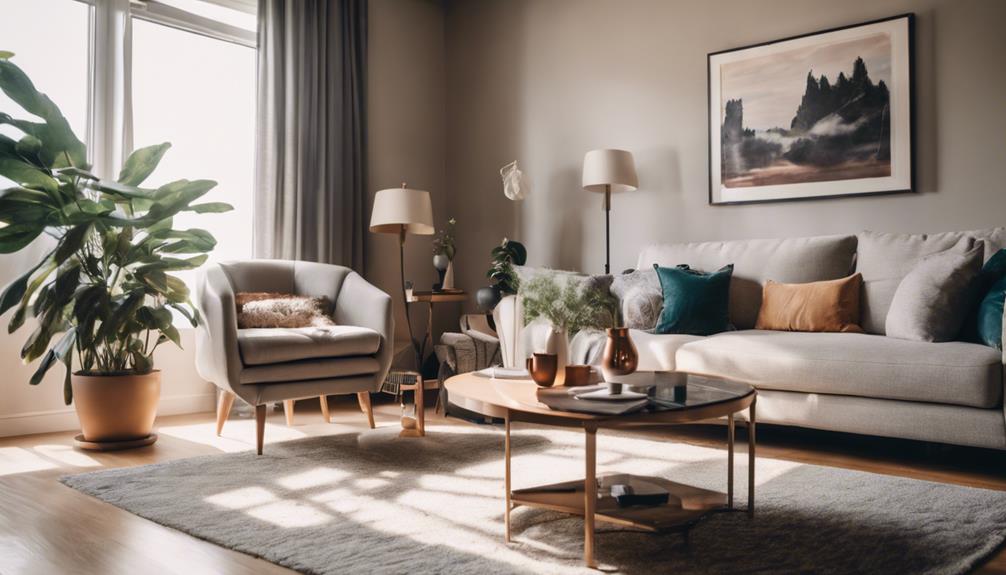
Factors like experience, location, and employer greatly impact the earnings of home decor designers. When considering a career in home decor, understanding how these factors can influence your salary range is crucial. Here are some key points to keep in mind:
- Experience: The more experience you have in the industry, the higher your earning potential. Seasoned home decor designers often command higher salaries due to their expertise and track record of successful projects.
- Location Impact: The cost of living in different cities can greatly affect how much you can earn as a home decor professional. Urban areas with a high demand for home decor services may offer higher salaries to attract top talent.
- Employer Influence: Working for reputable firms or luxury home decor brands can lead to better compensation packages. Employers who value your skills and experience are more likely to offer competitive salaries.
- Industry Trends: Staying updated on the latest trends and innovations in the home decor industry can help boost your earnings. Specializing in emerging areas like sustainable design or smart home solutions can make you more valuable to clients and employers.
Career Advancement Opportunities in Home Decor
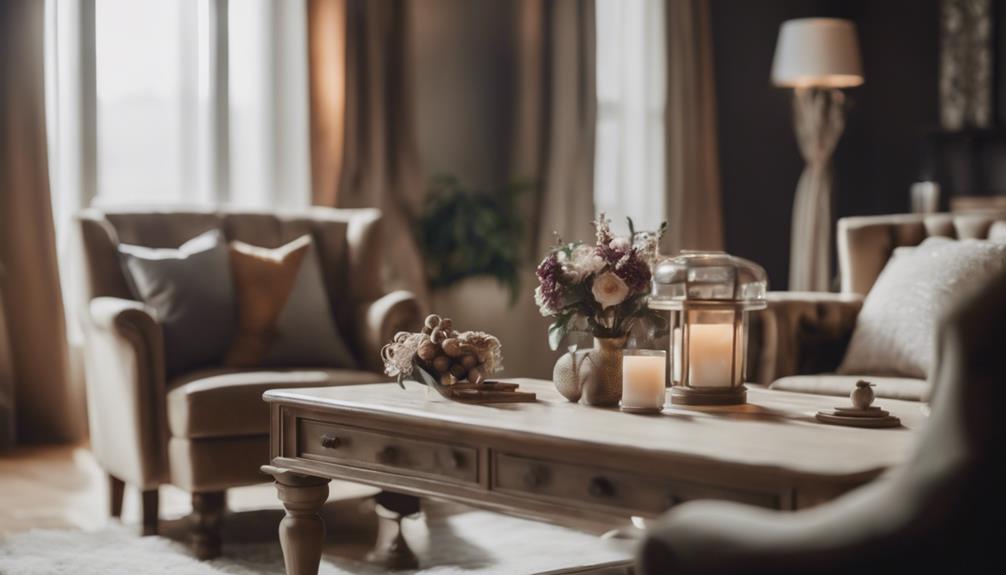
Exploring specialized certifications and networking opportunities can propel home decor professionals towards career advancement. Obtaining certifications like Certified Interior Decorator (CID) or Certified Home Staging Expert (CHSE) can enhance credibility and expertise in the field, opening doors to higher-paying positions.
Networking within the interior design and home decor industry is also vital for growth. Building connections can lead to new opportunities, collaborations, and mentorships, providing valuable guidance for career progression.
Continuing education in design trends, color theory, and space planning is essential for honing skills and staying competitive in the industry. Gaining experience in various aspects of home decor, such as residential and commercial design, can broaden career prospects and increase earning potential.
Home Decor Salary Comparison With Related Fields

When comparing salaries in the home decor field with related industries, it becomes evident that the earning potential varies greatly. Here are some key points to take into account:
- Home Decor Designers earn an average hourly pay of $18.27 in the U.S.
- Hourly wages for Home Decor Designers range from $12.98 to $47.84.
- Top cities like Sunnyvale, CA offer an average salary of $47,903 for Home Decor roles.
- Utilize a salary calculator for different pay frequencies to estimate potential earnings in the Home Decor field.
These figures demonstrate the range of salaries within the home decor industry and highlight the importance of taking into consideration factors such as location and specialization when evaluating earning potential as a home decor professional.
Strategies for Maximizing Home Decor Earnings
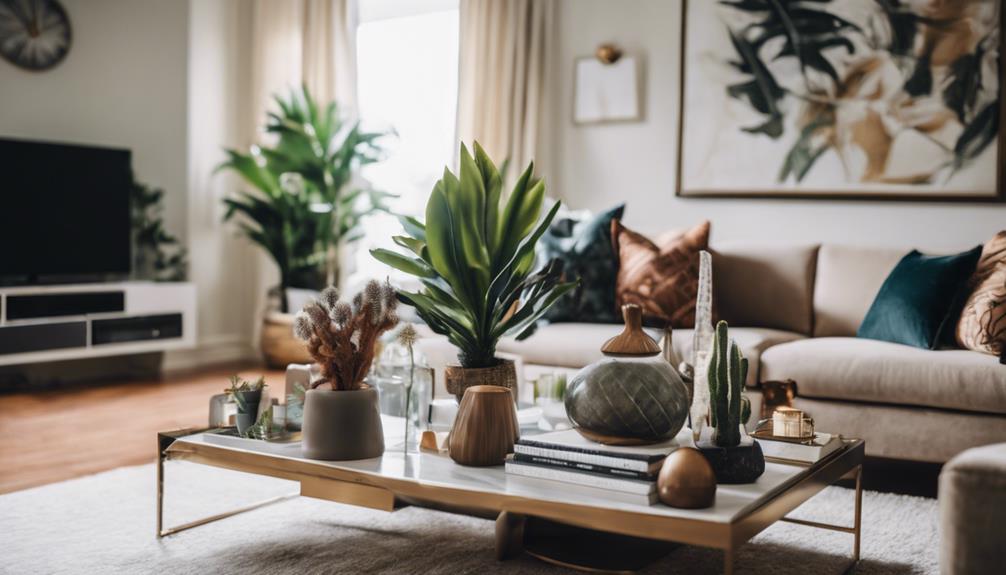
To maximize our earnings in home decor, considering obtaining certifications like LEED Certification could lead to potential salary increases as a Home Decor Designer. Additionally, researching and applying for high-paying Home Decor Designer roles in cities such as Bolinas, CA, Daly City, CA, and Berkeley, CA can offer better salary prospects.
Exploring related job titles like Home Decor Product Designer, Work From Home Infographic Designer, and Head Of Interior Designer may also result in higher annual salaries in the field. Utilizing salary estimation tools like ZipRecruiter can help assess potential earnings and job opportunities within Home Decor Design.
It's essential to stay informed about salary trends and job market fluctuations to strategize effectively for maximizing earnings as a Home Decor Designer. By implementing these strategies and staying proactive in seeking out opportunities for growth and advancement, one can work towards optimizing their earnings in the home decor industry.
Frequently Asked Questions
How Much Can You Make as a Decorator?
We decorators can earn varying salaries based on experience, location, and specific roles. Salaries range from $14.66 to $43.51 hourly, with a national average of $19.71 to $24.04.
In cities like Bolinas, CA, Daly City, CA, Berkeley, CA, and San Mateo, CA, the annual salaries for Home Decor Designers are particularly high.
Roles like Home Decor Product Designer and Infographic Designer can fetch salaries between $99,230 to $144,360 annually.
Do You Make a Lot of Money in Interior Design?
As Interior Designers, it's crucial to earn a decent living. Salaries vary based on experience, location, and specialization. Some designers make a lot of money, especially those working for renowned firms or specializing in high-end projects.
Our earning potential in interior design can be lucrative, similar to other creative professions. Building a strong portfolio, networking effectively, and continuously enhancing our skills are key to maximizing our income.
Where Do Interior Decorators Make the Most Money?
In cities like New York, San Francisco, and Los Angeles, interior decorators tend to earn higher salaries, ranging from $50,000 to $80,000 annually. Factors like cost of living, demand for design services, and clientele demographics influence earning potential.
Those in affluent neighborhoods or working with high-end clients may command higher fees. Specializing in luxury residential or commercial design can also lead to increased income. These factors contribute to where interior decorators make the most money.
What Is the Highest Paying Job?
The highest paying job in home decor is a Home Decor Product Designer, with an average annual salary of $144,360.
Other well-compensated roles in the field include Work From Home Infographic Designer at $118,979 per year, Head Of Interior Designer at $112,687 annually, Senior Designers averaging $105,882 yearly, and Freelance Furniture Designers earning $99,230 annually.
These positions offer lucrative opportunities for individuals seeking high-paying careers in the home decor industry.
Conclusion
To sum up, the world of home decor offers a wide range of salary opportunities depending on factors such as location, experience, and job role. By considering these factors and utilizing strategies for maximizing earnings, individuals in the home decor industry can work towards achieving their financial goals.
Just as a well-decorated room can create a sense of warmth and comfort, a successful career in home decor can bring financial security and satisfaction.
